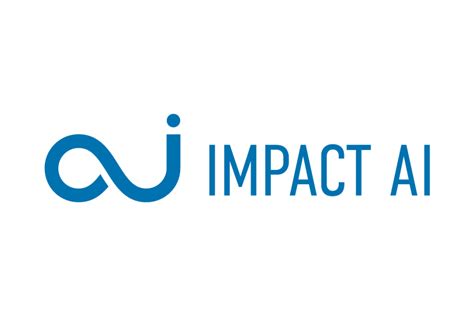Here’s a comprehensive overview of the impact of Artificial Intelligence (AI) on tokenomics, a crucial aspect of blockchain technology that enables the creation and management of digital assets.
Introduction
Tokenomics refers to the study and analysis of the economics behind tokenized assets. It involves understanding how tokens are created, distributed, and traded within a network. One of the key components of tokenomics is the concept of tokenomics itself. As AI continues to play an increasingly important role in various industries, its influence on tokenomics cannot be overstated.
What is Tokenomics?
Tokenomics is a multidisciplinary field that draws from computer science, economics, mathematics, and other areas to understand the complexities of digital assets. It encompasses concepts such as supply and demand, market dynamics, and governance mechanisms. Tokenomics aims to provide a systematic framework for analyzing and optimizing the economics of tokenized assets.
The Impact of AI on Tokenomics
Artificial Intelligence (AI) has revolutionized various aspects of blockchain technology, including tokenomics. The increasing reliance on AI in tokenomics can have significant implications for digital asset creation, distribution, and trading. Here are some key ways in which AI is impacting tokenomics:

1. Automated Market Making (AMM)
AI-powered market makers use machine learning algorithms to analyze market conditions, identify trends, and optimize trading strategies. In the context of tokenomics, AMMs can help automate the creation and management of stable tokens, reducing the need for manual intervention.
Example:
The decentralized exchange (DEX) Uniswap uses a similar approach, leveraging AI to automatically set prices based on market data and user behavior.
2. Predictive Analytics
AI-powered predictive analytics enables tokenomics models to forecast market trends, identify potential security risks, and optimize asset allocation. This can help mitigate the risk associated with tokenized assets and improve overall investor confidence.
Example: The decentralized finance (DeFi) platform Compound uses AI-driven predictive analytics to optimize lending and borrowing strategies.
3. Autonomous Governance
AI-powered governance systems allow for more efficient and transparent decision-making processes in tokenomics. These systems can automatically adjust regulatory parameters, enforce security rules, and manage dispute resolution mechanisms based on AI-driven insights.
Example: The decentralized autonomous organization (DAO) MakerDAO uses a decentralized governance system that leverages AI to automate decision-making and ensure fairness across its entire network.
4. Machine Learning-based Security
AI-powered machine learning algorithms can help identify and mitigate security threats in tokenomics, such as potential exploits or manipulation of asset prices. This can enhance investor confidence and reduce the risk associated with digital assets.
Example: The decentralized exchange (DEX) SushiSwap uses AI-driven security measures to prevent phishing attacks and other forms of malicious activity.
5. Improved Efficiency
AI can automate many tasks in tokenomics, freeing up human resources for more strategic and complex tasks. This can lead to increased efficiency and reduced costs associated with managing digital assets.
Example: The decentralized finance (DeFi) platform Compound uses AI-driven automation to manage lending and borrowing strategies, reducing manual effort and increasing overall efficiency.
Conclusion
The impact of AI on tokenomics is multifaceted and far-reaching. As the use of AI continues to grow in blockchain technology, its influence on tokenomics will only continue to increase.
